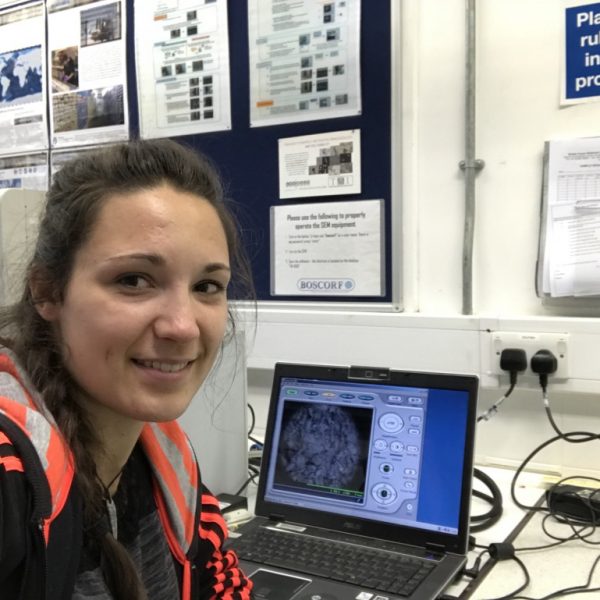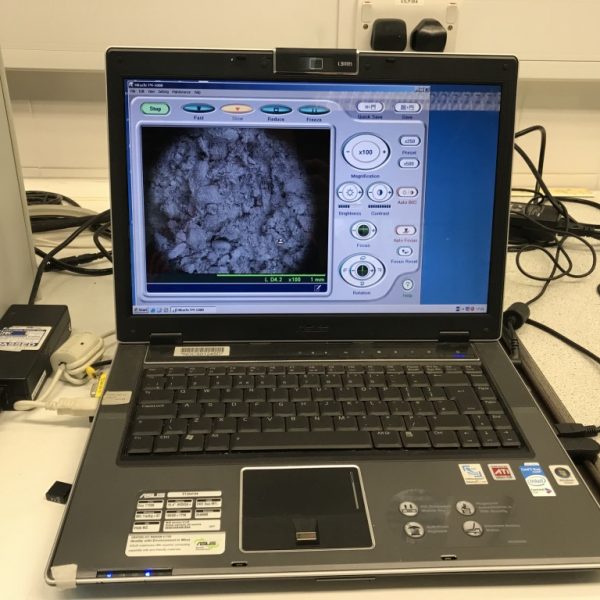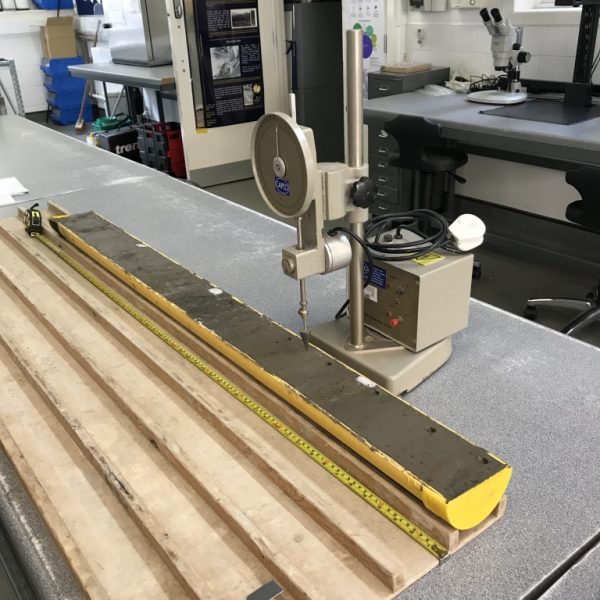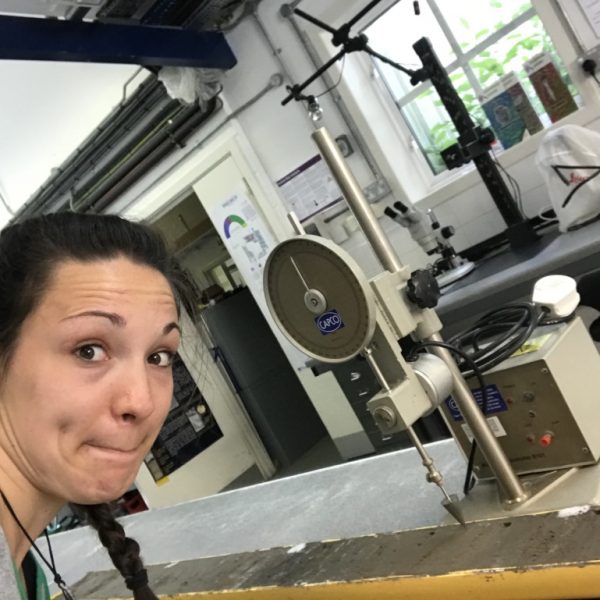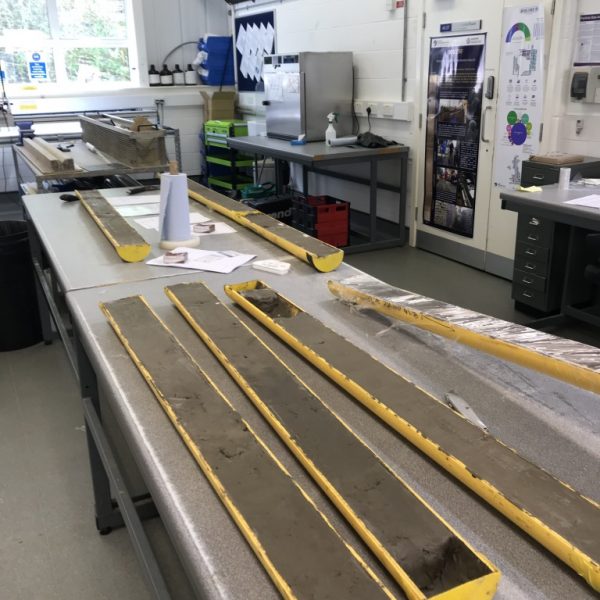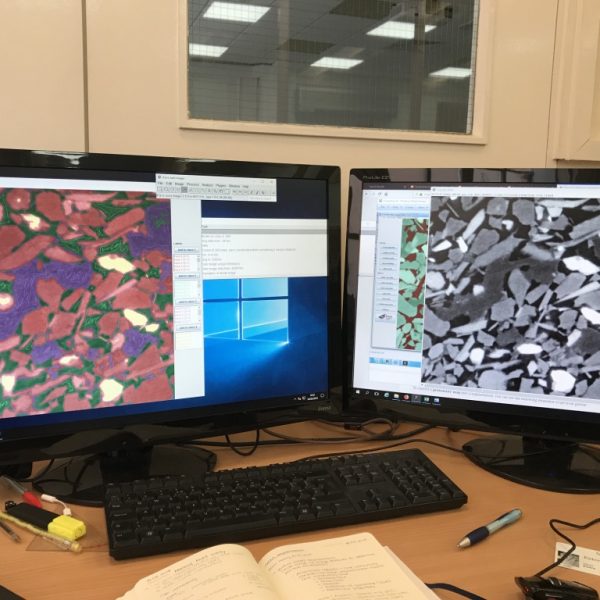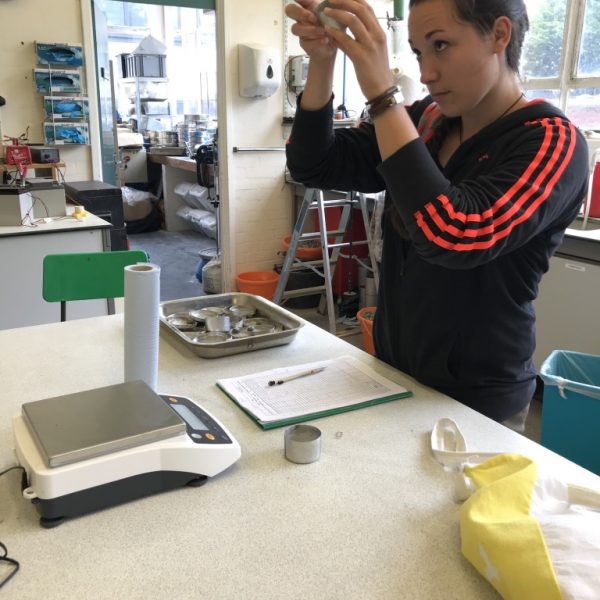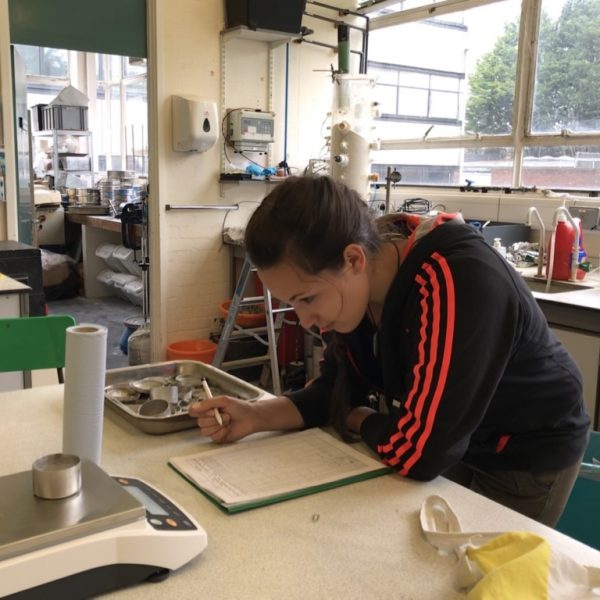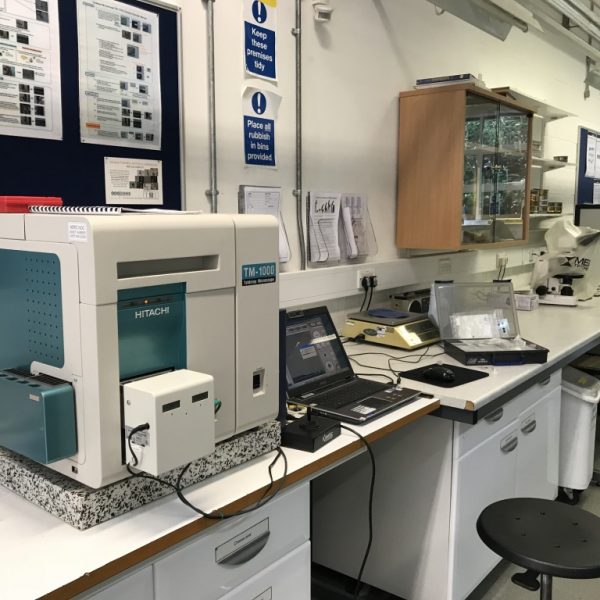Return to Southampton: My second stay at the National Oceanographic Centre Southampton (NOCS) and the University of Southampton
Ricarda Gatter, ESR 9 | May 2018
Southampton, known as the cruise capital of Europe, is a major port in South East England, just over an hour away from London. The University of Southampton has a global reputation for its research in oceanography, engineering and Earth science, and is home to the National Oceanographic Centre Southampton (NOCS). NOCS is a world-leading centre for research, teaching and technology development in ocean and Earth science.
After my first stay in February (Report), I returned to Southampton in May to continue my work on µCT (micro-Computed Tomography) data. In particular, I focused on the data from the AFEN Slide (UK) and the Finneidfjord Slide (Norway). These two examples are of interest, because the available cores penetrated the failure planes of the slides, which are the focus of my PhD project.
High-resolution µCT can be applied for the three-dimensional characterisation of individual particles in a sediment. The analysis of this data is accomplished by a series of steps, which include image pre-processing and filtering, image segmentation of particles, and subsequent textural and compositional analysis. At the µ-VIS X-Ray Imaging Centre at the University of Southampton, I was shown how to use the programs Fiji and Avizo 3D for image segmentation and 3D particle extraction.
In addition, I gathered sedimentological and geotechnical data from the AFEN cores at the British Ocean Sediment Core Research Facility (BOSCORF). BOSCORF is the UK national deep sea core repository, set up by the Natural Environment Research Council (NERC). There, I was introduced to the BOSCORF stuff, Vicki Taylor, Mike Edwards and Miros Charidemou. All three of them gave me great assistance during my stay, preparing the cores and guiding me when using BOSCORF equipment. I am extremely grateful for all their help and support.
During my stay, I also had the chance to meet Dr. Mark Vardy (SAND geophysics), who has done a lot of work on the Finneidfjord Slide. He gave me more information on the slide and about the research that has been done so far. The discussion we had was very helpful to resolve how my research could fill the gaps in the current work.
I would also like to thank Dr. James Hunt (NOCS) for his guidance regarding the AFEN slide, and Dr. Madhusudhan B.N. Murthy for supervising me during my stay in Southampton and helping me with the geotechnical data acquisition at BOSCORF and the Geotechnics Lab at the University of Southampton.
Apart from my work, I also had the opportunity to participate in a range of social events, such as the Common People Festival and the Southampton park run. Moreover, I met amazing people, who made my stay even more enjoyable and I am already looking forward to see them again!


